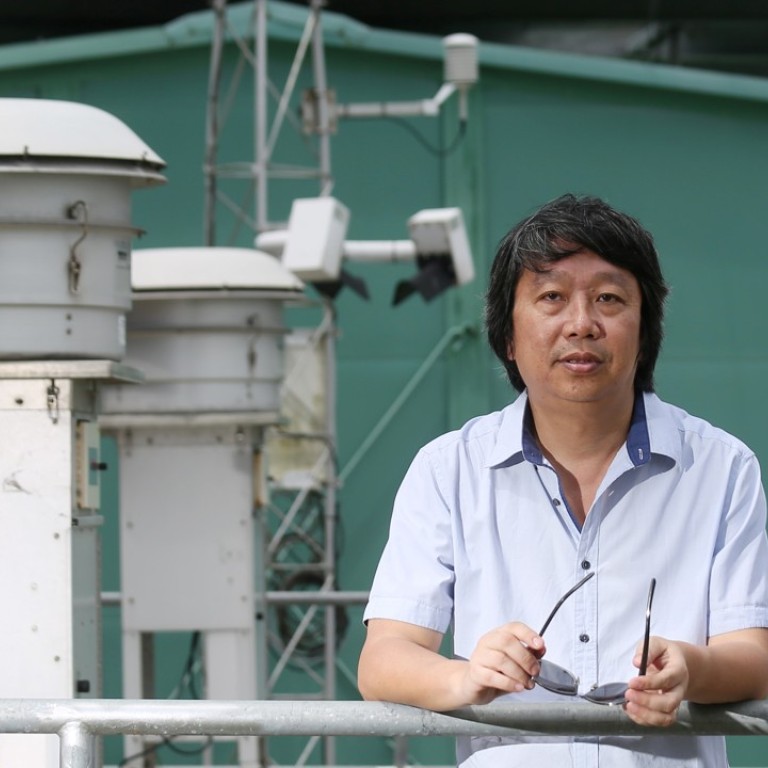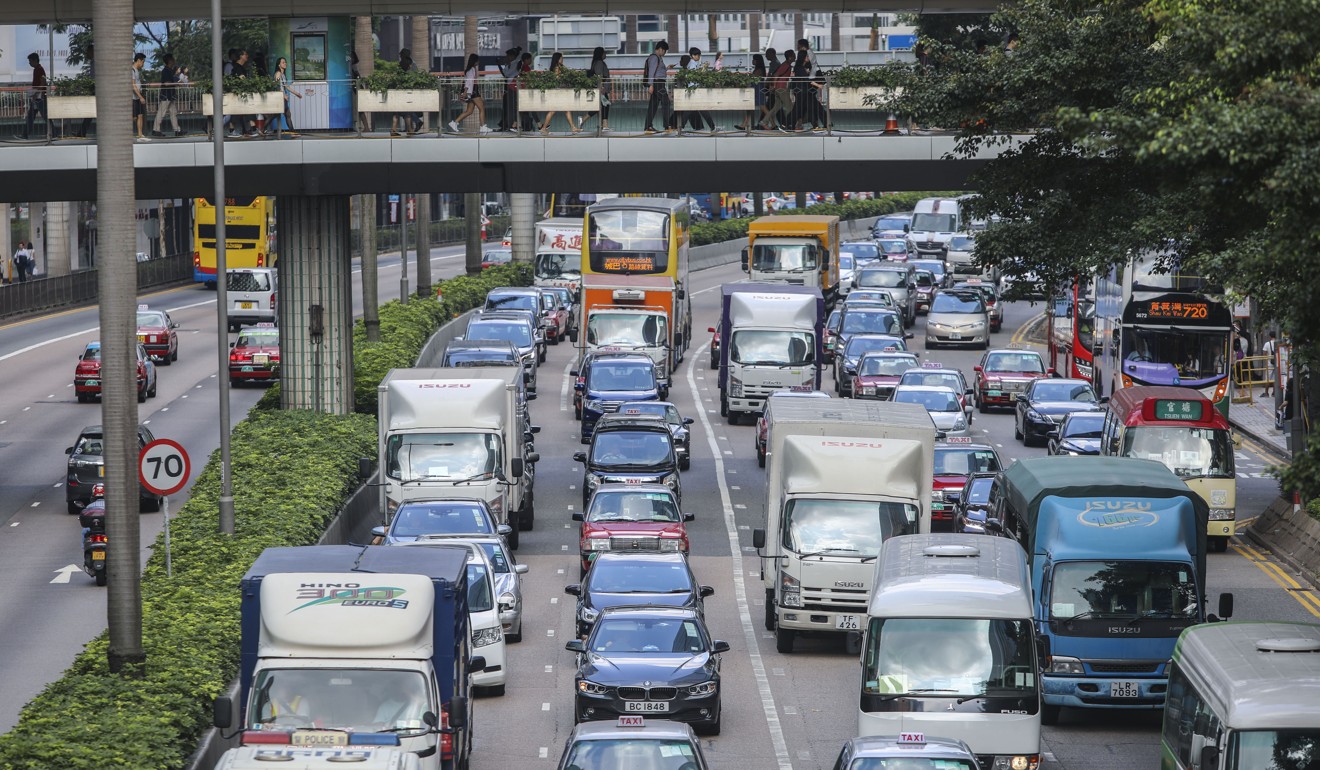
Hong Kong must raise the bar when it comes to cleaning up its act on air quality, top scientist says
● Dr Alexis Lau says review should be driven by what is best for public health, not what is most feasible
● Instead of doing just enough to pass, city should be aiming higher
Hong Kong’s five-yearly review of its air quality objectives should not be “feasibility led” but “public health driven”, a veteran air scientist has suggested.
Dr Alexis Lau Kai-hon said the city needed to do more than just pursue broad policies that ensured it could “pass the exam”, and instead set progressive health-based targets that would motivate policymakers to constantly do more.
“If someone tells you all you need is a pass, all you’ll think about is how to get a passing grade,” he told the Post. “If someone tells you that you need to achieve at least 90 points, then you might think of more things.”

The professor at the University of Science and Technology’s Division of Environment and Sustainability also said the government needed to be more “prepared” for reviews, as it lacked crucial data that would help with the review phase and allow it to come up with more scientific policies.
Lau’s comments come as a government working group prepares to release a host of new recommendations for improving air quality.
The latest objectives, which set concentration limits for seven key pollutants and the number of times they can be exceeded, took effect in 2014.
For the first time, they mandated a periodic review every five years. Before that, the objectives had not been tweaked since coming into effect in 1987.
In her policy address last week, Chief Executive Carrie Lam Cheng Yuet-ngor said the review was in its “final stages”, and all findings and policy proposals would be submitted to the Advisory Council on the Environment by the end of the year. This would be followed by a discussion in the legislature, and another round of public consultation.
Air pollution levels in your street revealed with new Hong Kong app
New proposals in her address included phasing out another 40,000 old polluting commercial diesel vehicles by 2023, tightening emission standards for motorcycles – a huge contributor of volatile organic compound emissions – and money for bus operators to upgrade catalytic converters.
The government has also pledged to include volatile organic compounds as a regular parameter in a regional air quality monitoring network, with Guangdong and Macau.
Sub-working groups on marine, road, power generation and air science have deliberated over 70 recommendations and narrowed them down to a possible “20 something”, not including Lam’s new proposals, a government source said.

But Lau disagrees with this approach. “In Hong Kong, we basically look at how bad the air is, brainstorm all feasible policies, see what targets we can achieve, execute them and hope for the best,” he said.
“But the problem is, once you’ve done everything that you planned to do, and still the target is not met, there is no motivation to be more creative or to come up with better solutions … until the next review.”
His suggestion was to institutionalise a more “health-driven” approach to the review mechanism.
This means first setting a target corresponding to one of the World Health Organisation’s interim or ultimate guidelines, and then devising a set of policies to achieve it.
On the mainland, for example, authorities have recently pledged to meet the WHO’s second interim target for fine particulate matter (PM2.5) by 2020, and decided to spearhead the charge by electrifying all public transport.
Hong Kong environmental group calls for stricter air quality targets
“There are huge technical challenges to this, but the [logic is that they will] build off of this health driven target, and they decided that they would need more vehicle electrification to meet it,” he said.
“The way things are done in Hong Kong, however, policymakers would look at the feasibility of widespread electric vehicles, find out that it is not, and rule it out completely.
“As long as you don’t meet the target you’ve set, policymakers must be forced to think of new ideas,” he said.
With ozone pollution at a 20-year high, Lau said the government needed to have a more complete inventory of volatile organic compound emission sources when the next review came along.
Government officials did not have to be accountable for missed targets, it said.

